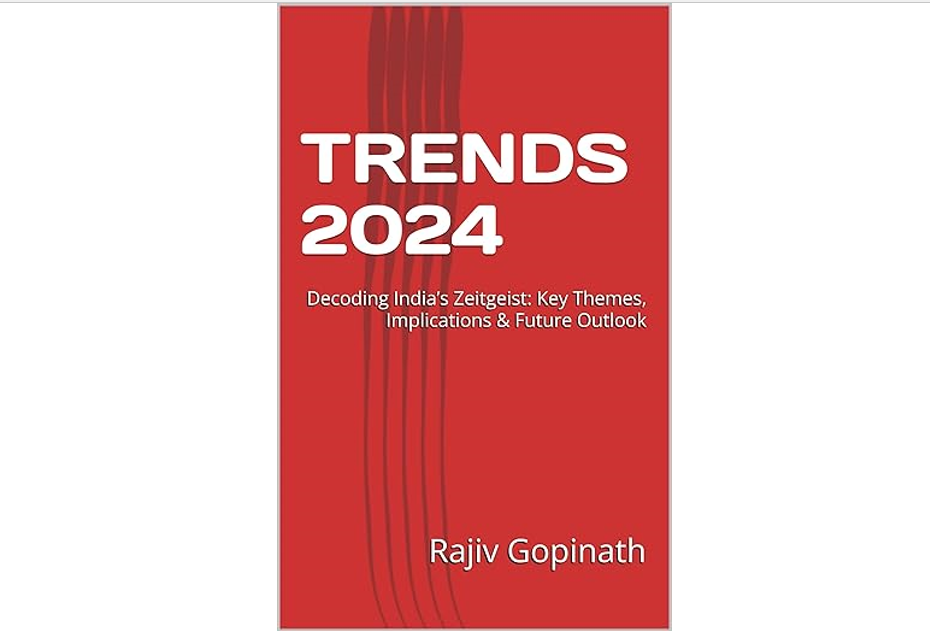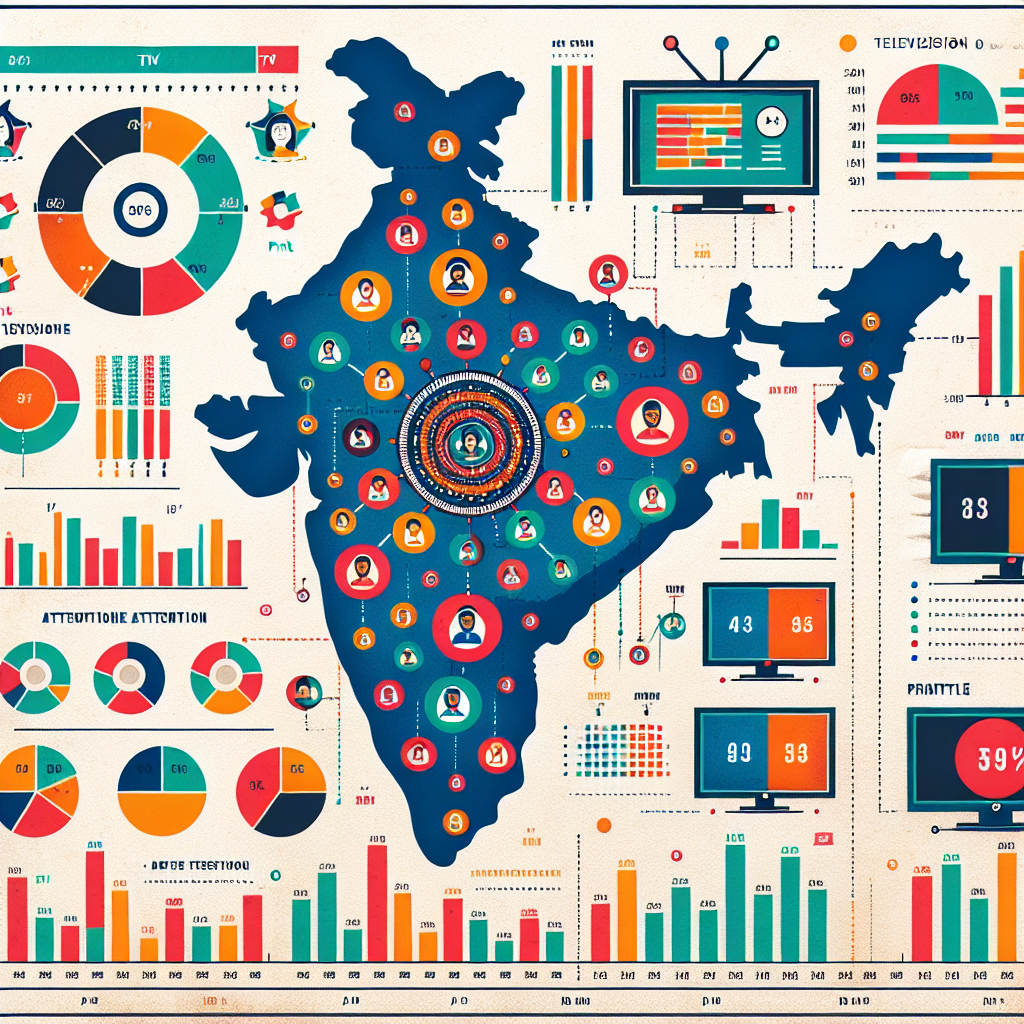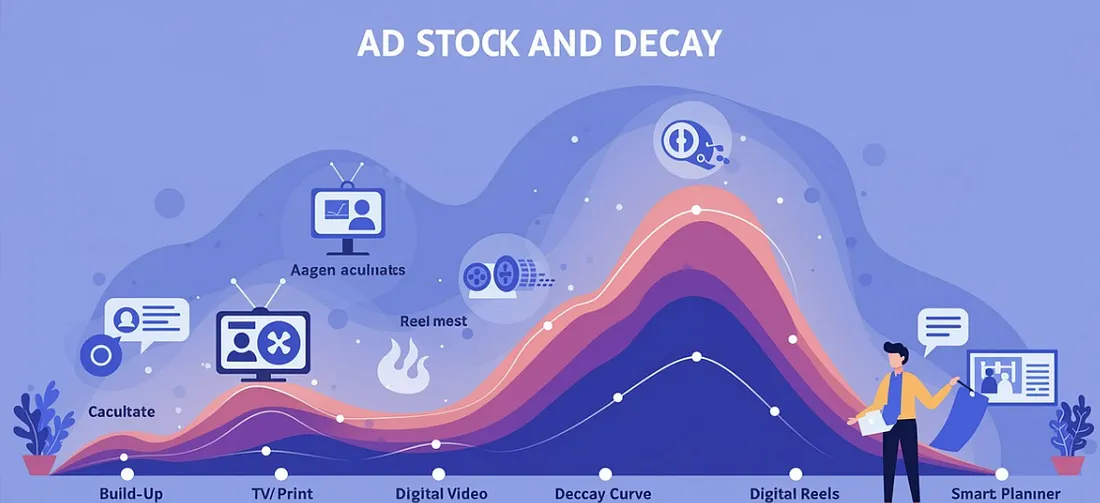Why People Trust UGC (User-Generated Content) More Than Ads
Introduction: The Psychological Foundations of Consumer Trust
The fundamental shift in consumer trust from institutional messaging to peer-created content represents one of the most significant transformations in modern marketing psychology. Studies by the Nielsen Consumer Trust Index reveal that 92% of consumers trust recommendations from individuals (even strangers) over branded content, while Edelman's Trust Barometer shows a persistent decline in trust toward traditional advertising across all demographics. This trust gap transcends generational divides, though research demonstrates particularly pronounced effects among digital natives. User-generated content (UGC)—encompassing everything from reviews and social media posts to unboxing videos and customer photos—has evolved from a supplementary marketing element to a central component of consumer decision journeys. This transformation reflects deeper psychological principles about social proof, authenticity, and information processing in digital environments. As brands navigate this altered trust landscape, understanding why consumers fundamentally trust peer-created content over traditional advertising becomes essential for effective engagement. This article examines the psychological mechanisms driving UGC trust, its evolution through technological advancement, strategic frameworks for brands, and emerging trends as consumer-created content continues reshaping marketing effectiveness.
1. The Psychological Architecture of UGC Trust
The trust premium for user-generated content stems from several interrelated psychological mechanisms:
a) Source Credibility Theory and Perceived Objectivity
- Communications research pioneered by Hovland and Weiss demonstrates that perceived source motivation critically impacts message credibility.
- Consumers intuitively understand that peers lack direct financial incentives for positive recommendations.
- Example: Research by TurnTo Networks shows that 90% of consumers find UGC specifically influential because it comes from people with "no agenda" beyond sharing experiences.
b) Homophily and Social Identity
- Consumers trust people they perceive as similar to themselves—a principle known as homophily.
- UGC creators represent authentic "people like me" rather than aspirational but unrealistic brand portrayals.
- Example: Glossier built a billion-dollar beauty brand largely through UGC from everyday consumers rather than professional models, achieving conversion rates 2.4x higher than industry averages.
c) Narrative Transportation and Authenticity Signals
- Consumer-created stories follow natural narrative patterns that enhance persuasiveness.
- Imperfections in UGC serve as authenticity markers that trigger trust.
- Example: GoPro's customer-created content strategy generates 6x higher engagement than professionally produced videos due to perceived authenticity, despite lower production quality.
2. Digital Evolution of UGC Trust Dynamics
Technological advancement has fundamentally transformed UGC trust mechanisms:
a) From Anonymous to Identity-Verified Content
- Early digital UGC suffered from anonymity concerns; modern platforms incorporate identity verification.
- Research by the Journal of Interactive Marketing shows that verified-identity UGC receives 32% higher trust ratings than anonymous content.
- Example: Airbnb's verified review system, requiring actual stays before reviewing, generates significantly higher trust scores than hotel review sites with less stringent verification.
b) AI-Mediated Trust Signals
- Algorithms increasingly filter, authenticate and prioritize trustworthy UGC.
- Machine learning systems identify authenticity patterns invisible to human perception.
- Example: Amazon's review verification algorithms have increased consumer trust in ratings by 28% through automated filtering of incentivized or fraudulent reviews.
c) From Static Testimonials to Interactive Engagement
- UGC has evolved from one-directional reviews to multi-directional conversations.
- Real-time interaction enhances perceived authenticity through spontaneity.
- Example: TikTok's #TikTokMadeMeBuyIt phenomenon demonstrates how interactive UGC drives purchase decisions more effectively than traditional advertising, with participating brands seeing 2-5x higher conversion rates.
3. Strategic Framework for UGC Trust Optimization
Forward-thinking brands leverage UGC trust through systematic approaches:
a) Trust-Signal Amplification
- Effective strategies intentionally highlight authenticity markers rather than polishing UGC.
- The "raw-to-refined ratio" balances authenticity with brand consistency.
- Example: Patagonia's "Worn Wear" campaign intentionally showcases well-used products in customer environments, generating 31% higher trust ratings than traditional product photography.
b) Cross-Channel Validation Architecture
- Multi-platform UGC ecosystems create reinforcing trust networks.
- Systematic approaches integrate UGC across decision journey touchpoints.
- Example: LEGO's integrated UGC strategy connects YouTube creators, Instagram builders, and review communities, creating a 360° trust environment that increased conversion rates by 25%.
c) Co-Creation Rather Than Appropriation
- Involving consumers as active co-creators rather than passive content sources enhances trust.
- Transparent collaboration models outperform transactional content acquisition.
- Example: Starbucks' White Cup Contest invited customer creativity, generating authentic engagement with sharing rates 4x higher than traditional campaign content.
4. Measuring UGC Trust Impact: Beyond Traditional Metrics
Quantifying UGC trust effectiveness requires specialized approaches:
- Trust transfer measurement tracks how UGC exposure affects brand perception metrics.
- Persuasion efficiency ratio compares conversion rates between equivalent UGC and branded content.
- Long-tail influence mapping identifies how UGC continues influencing decisions beyond initial exposure.
Research by Stackla shows that brands effectively leveraging UGC in decision journeys see 29% higher conversion rates and 18% higher average order values than those relying primarily on branded content.
5. Future Directions: The Evolution of UGC Trust
UGC trust mechanisms continue evolving through several key trends:
a) Ethical AI-Generated and AI-Enhanced UGC
- Machine learning will augment rather than replace authentic consumer voices.
- Algorithmic systems will help consumers create more compelling authentic content.
- Example: Adobe's content authenticity initiative uses blockchain verification to distinguish between human-created, AI-enhanced, and fully synthetic content.
b) Trust Fragmentation Across Platforms
- Platform-specific trust dynamics will emerge as digital ecosystems diverge.
- Generation-specific trust markers will require tailored UGC strategies.
- Example: BeReal's anti-aesthetic, authenticity-focused approach demonstrates how Gen Z trust signals differ fundamentally from millennial preferences.
c) From Passive Review to Active Advocacy
- UGC is evolving from passive documentation to active participation in brand development.
- Community-validated ideas will increasingly drive product and service innovation.
- Example: Lululemon's product development increasingly incorporates ambassador feedback, with community-influenced products outperforming traditional design processes by 43%.
Conclusion: Trust as the Ultimate Marketing Currency
The trust premium enjoyed by user-generated content reflects a fundamental shift in consumer psychology—from institutional to peer authority, from polished messaging to authentic expression, and from passive consumption to active participation. As traditional advertising faces increasing skepticism, UGC offers brands a pathway to credibility through the voices of those consumers trust most: each other. The most successful approaches don't merely collect and display consumer content but create ecosystems where authentic voices thrive through recognition, respect, and reciprocity. Organizations that systematically understand and leverage the psychological mechanisms driving UGC trust will create sustainable competitive advantages in an increasingly peer-influenced marketplace.
Call to Action
For marketing professionals seeking to leverage UGC trust mechanisms:
- Conduct a trust audit evaluating how effectively your brand facilitates, amplifies, and engages with consumer-created content across channels.
- Develop platform-specific UGC strategies that align with the unique trust signals of each digital environment.
- Implement specialized metrics focused on trust transfer from UGC to broader brand perception.
- Create cross-functional teams combining community managers, data scientists, and consumer psychologists to develop systematic approaches to nurturing authentic consumer voices.
Featured Blogs

TRENDS 2024: Decoding India’s Zeitgeist: Key Themes, Implications & Future Outlook

How to better quantify attention in TV and Print in India

AI in media agencies: Transforming data into actionable insights for strategic growth

How the Attention Recession Is Changing Marketing

The New Luxury Why Consumers Now Value Scarcity Over Status

The Psychology Behind Buy Now Pay later

The Rise of Dark Social and Its Impact on Marketing Measurement

The Role of Dark Patterns in Digital Marketing and Ethical Concerns

The Future of Retail Media Networks and What Marketers Should Know
Recent Blogs

Ad Stock & Decay: The Invisible Hand Guiding Media Schedules

The Big Mac Illusion:What a Burger Tells Us About Global Economics

When Search Starts Thinking How AI Is Rewriting the Discovery Journey

CEP Tracker The Modern Brand Health Metric

Cracking Growth: How to Leverage Category Entry Points (CEPs) for Brand Advantage


